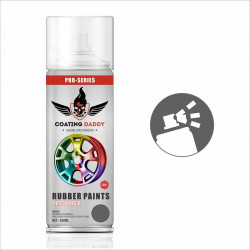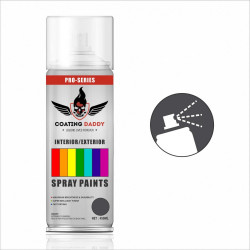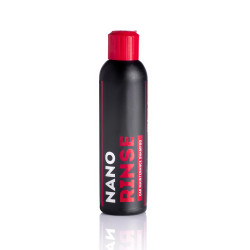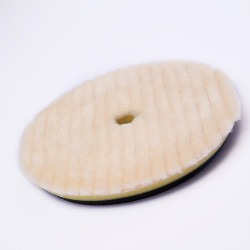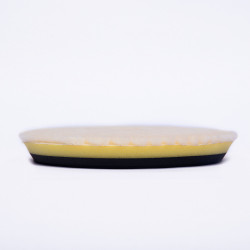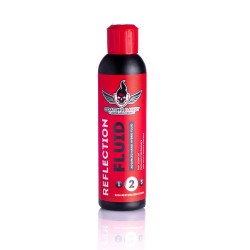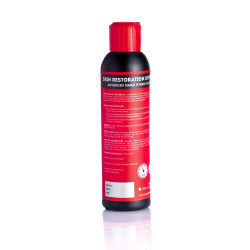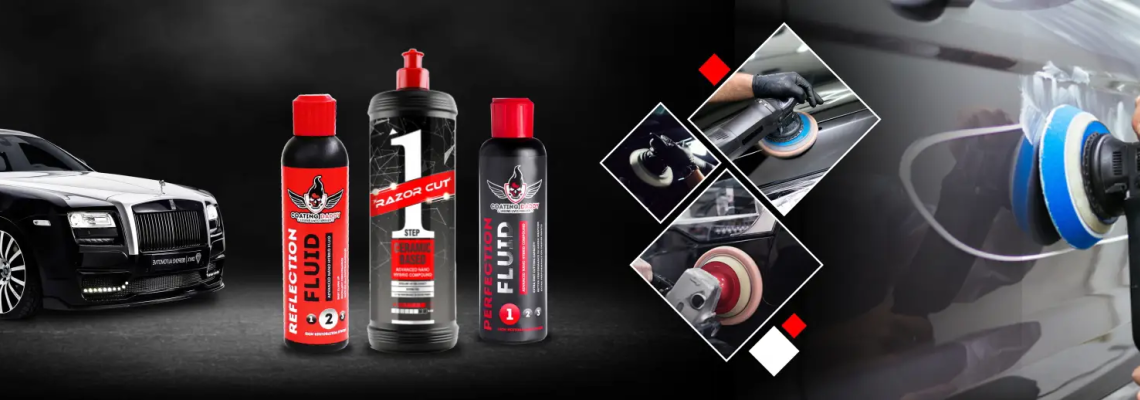
Why Quality Polishes and Compounds Matter for a Perfect Car Finish
When it comes to car detailing, achieving that showroom shine takes more than just a wash and wax. The secret to a flawless finish lies in the quality of polishes and compounds you use. These essential products do more than enhance shine—they correct imperfections, restore clarity, and protect your vehicle's paint for the long haul.
Whether you're a professional detailer or a DIY enthusiast, understanding the importance of using high-quality polishes and compounds can be the difference between a good detail and a spectacular one.
What Are Polishes and Compounds?
Car Polishes
Car polish is designed to refine the paint surface. It uses fine abrasives, oils, and solvents to remove minor imperfections such as:
- Swirl marks
- Oxidation
- Light scratches
Polish enhances the vehicle’s gloss and depth, usually applied after compounding and before waxing or sealing.
Car Compounds
Compounds are more abrasive than polishes. They’re used to correct deeper paint defects such as:
- Heavy oxidation
- Deeper scratches
- Water spots and etching
In short: Compounds correct, polishes perfect.
Why Product Quality Makes All the Difference
1. Superior Performance
High-quality products contain refined abrasives and carefully balanced formulas that:
- Remove imperfections more efficiently
- Minimize the risk of marring or dulling the surface
- Restore clarity and depth to the paint
2. Faster, Easier Application
Premium compounds and polishes are engineered for:
- Smoother application
- Easier wipe-off
- Faster correction time
3. Long-Lasting Protection
Many professional-grade polishes and compounds contain built-in protective agents like:
- Carnauba wax
- Polymer sealants
- UV blockers
4. Lower Risk of Paint Damage
Quality compounds are formulated to work safely with:
- Modern clear coats
- Delicate finishes
- All paint systems
5. Consistent Results
Professional-grade products deliver reliable performance across all vehicle types. This consistency is crucial for professionals and hobbyists alike who want dependable, predictable results.
How to Use Polishes and Compounds for Best Results
Step 1: Clean the Surface Thoroughly
Start with a proper wash and decontamination (clay bar recommended). A clean surface prevents dirt from interfering with polishing and compounding.
Step 2: Apply Compound for Heavier Defects
Use a dual-action polisher or foam pad with your compound. Focus on problem areas using slow, overlapping passes. Let the product work—avoid applying heavy pressure.
Step 3: Polish to Restore Shine
After compounding, switch to a finishing polish. This step removes micro-marring and enhances clarity and gloss. Use a soft foam pad and moderate pressure.
Step 4: Buff the Surface
Use a clean microfiber towel to gently buff the panel. This removes product residue and reveals the corrected finish.
Step 5: Seal and Protect
Top off your detail with a wax or paint sealant to lock in the results and shield the paint from contaminants, water spots, and UV rays.
Final Thoughts: Choose Quality for a Flawless Finish
Investing in high-quality polishes and compounds isn’t just about aesthetics—it’s about protecting your vehicle and your time. Premium products offer:
- Better correction
- Easier application
- Long-term durability
- Reduced risk of damage
Whether you’re reviving a classic car or maintaining a daily driver, don’t cut corners with cheap detailing products. Choose quality to ensure a finish that looks incredible and lasts.
 +1 63149-00171
+1 63149-00171 +91-120-4061367
+91-120-4061367








